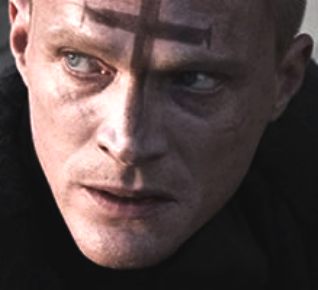


The final clue, when rearranged, spells out 'The Mona Lisa'. The second clue, when rearranged, spells out 'Leonardo da Vinci', meaning the famous painter who was also a member of the secret society. This sequence can be found by taking the previous two numbers of the sequence and adding together (1, 1+0=1, 1+1=2, 1+2=3, etc.) These numbers are significant because later Langdon encounters Jacques' deposit box at the Zurich bank and this sequence is the code for the box. This is one of the most well-known sequences. The first of the clues is the rearranged Fibonacci Sequence (first 8 terms). What does this mean though? Each of these clues are useful in the finding of the Holy Grail and they are all anagrams. Jacques also has a cryptic message next to his body: 13-3-2-21-1-1-8-5 He figures this out and makes the relation between the situation and Leonardo Da Vinci. His body is arranged much like Leonardo's Vitruvian Man. Right from the beginning, the riddles start with the dead body of Jacques Sauniere, the curator of the Louvre and grandfather to Sophie Neveu, one of the main characters of the story that hunts for the Grail alongside Robert Langdon. The novel and movie are full of riddles that the professor must solve in order to find the Holy Grail and unlock the secrets of Da Vinci. As it goes in the novel and movie, Leonardo Da Vinci was a part of a secret society that was responsible for keeping the Holy Grail safe, but he left many clues to its location in his art. The story is about Professor Robert Langdon and his search for the Holy Grail. The Da Vinci Code is a novel from 2003 written by Dan Brown that was adapted into a movie in 2006 starring Tom Hanks and directed by Ron Howard.


 0 kommentar(er)
0 kommentar(er)
